

A Comprehensive Guide To The Sonic The Hedgehog Game Series In Order
There have been a lot of Sonic the Hedgehog games! Even if you only want to play the main games, it can be difficult to know how to play them in order. This guide will provide a list of all the main line Sonic the Hedgehog games in order, making it easier than ever to dive into the adventures of our favorite blue hedgehog.
Since Sonic's debut in 1991, he has become a beloved character in the gaming world. The franchise has evolved through various consoles and gameplay mechanics, offering engaging experiences for both new and returning players. Whether you’re revisiting the classics or exploring newer titles, knowing the order of the games is essential for a complete Sonic experience.
What You Will Learn
- The chronological order of main Sonic the Hedgehog games.
- Key features and innovations introduced in each game.
- Where to find and play these games today.
- Additional notable Sonic games worth exploring.
All the Main Line Sonic Games in Order
Sonic the Hedgehog (1991)

The original Sonic the Hedgehog was released for the Sega Genesis in 1991, introducing the world to the iconic, high-speed protagonist and his arch-enemy Dr. Ivo Robotnik. So much of the franchise’s foundation is established in this opening game, from the level and character design to the overall emphasis on gameplay speed as Sonic races through various environments, freeing animals along the way. All roads stem from the 1991 Sonic the Hedgehog, and any playthrough should start here.
Sonic the Hedgehog 2
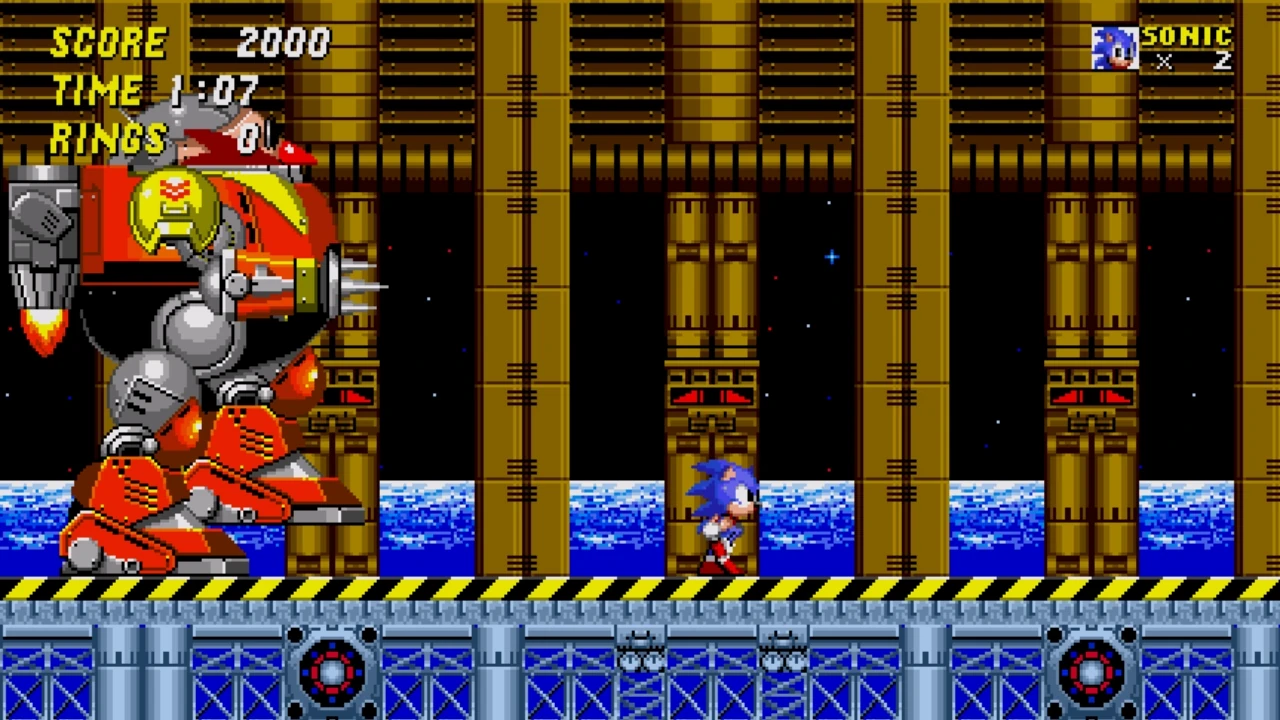
After the runaway success of Sonic the Hedgehog in North America, Sega immediately began development on a direct sequel, putting a greater focus on upping the gameplay speed and making the overall game more accessible. 1992’s Sonic the Hedgehog 2 offered drop-in multiplayer with the addition of Tails, a multi-tailed fox who joins Sonic in foiling Robotnik’s latest scheme. Sonic the Hedgehog 2 feels like a genuine evolution of the series, the classic sequel that goes bigger and better than its predecessor.
Sonic the Hedgehog CD

While the Genesis’ CD-ROM peripheral, the Sega CD, was largely a mixed bag, it did include the truly phenomenal Sonic CD. Released in 1993, Sonic CD introduced the villainous Metal Sonic and fan-favorite ally Amy Rose as Sonic traveled through the past, present, and future to battle Robotnik. With its time travel mechanic, faux 3D bonus stages, multiple endings, and the addition of a save feature, Sonic CD was the most ambitious game in the series, more than helping fans wait for the arrival of Sonic the Hedgehog 3.
Sonic the Hedgehog 3
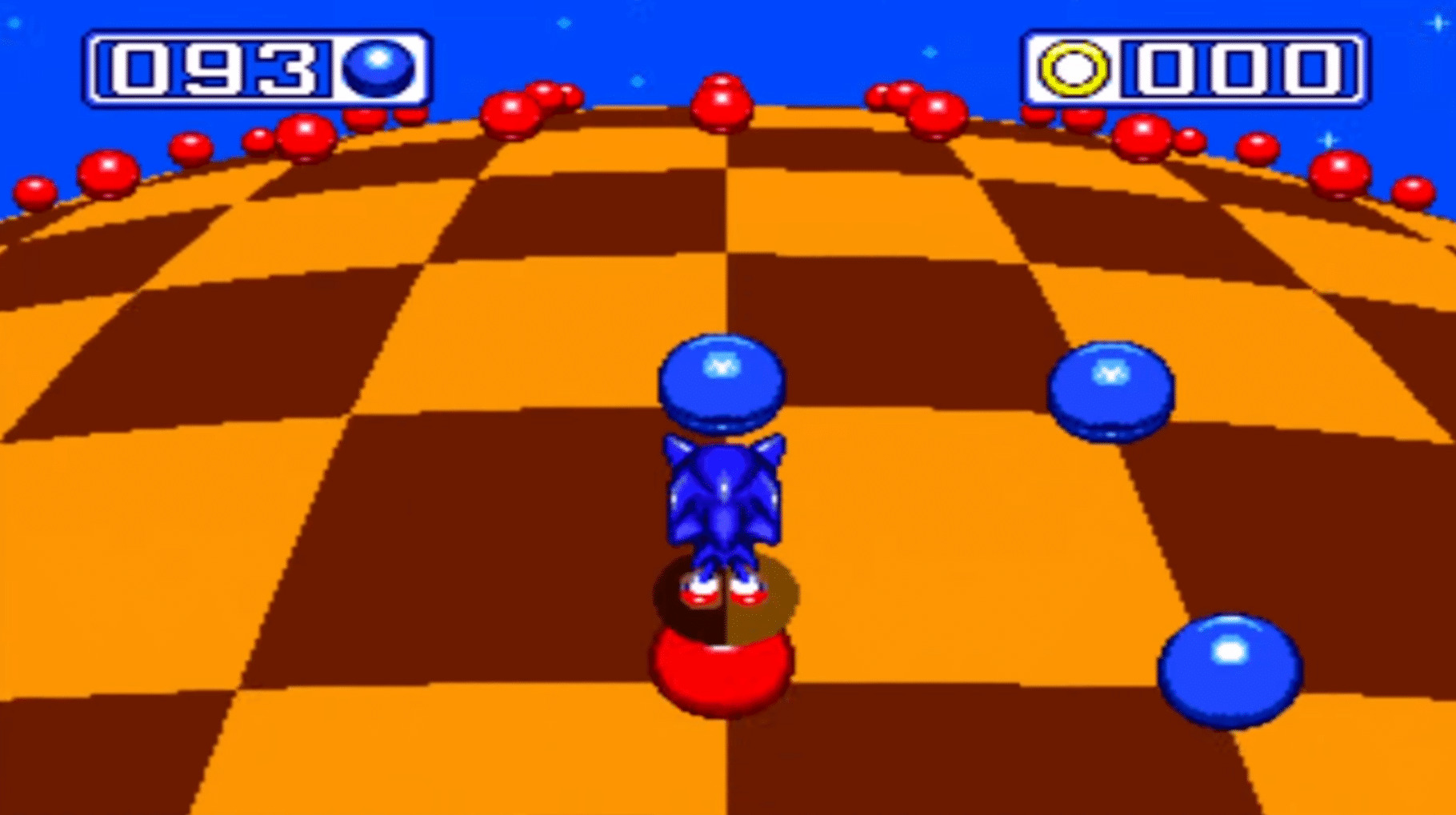
Released at the height of the franchise’s ubiquity, 1994’s Sonic the Hedgehog 3 began the two-part culmination of series on the console that catapulted it to worldwide dominance. Sonic the Hedgehog 3 retains all the major gameplay mechanics from its predecessors and deepens them, giving players the option to play solo as Tails, changing up the bonus stage styles, and boasting bigger levels and dynamic progression between them. Released as a standalone cartridge, the full, original vision for Sonic the Hedgehog 3 took shape with another release later that year.
Sonic & Knuckles
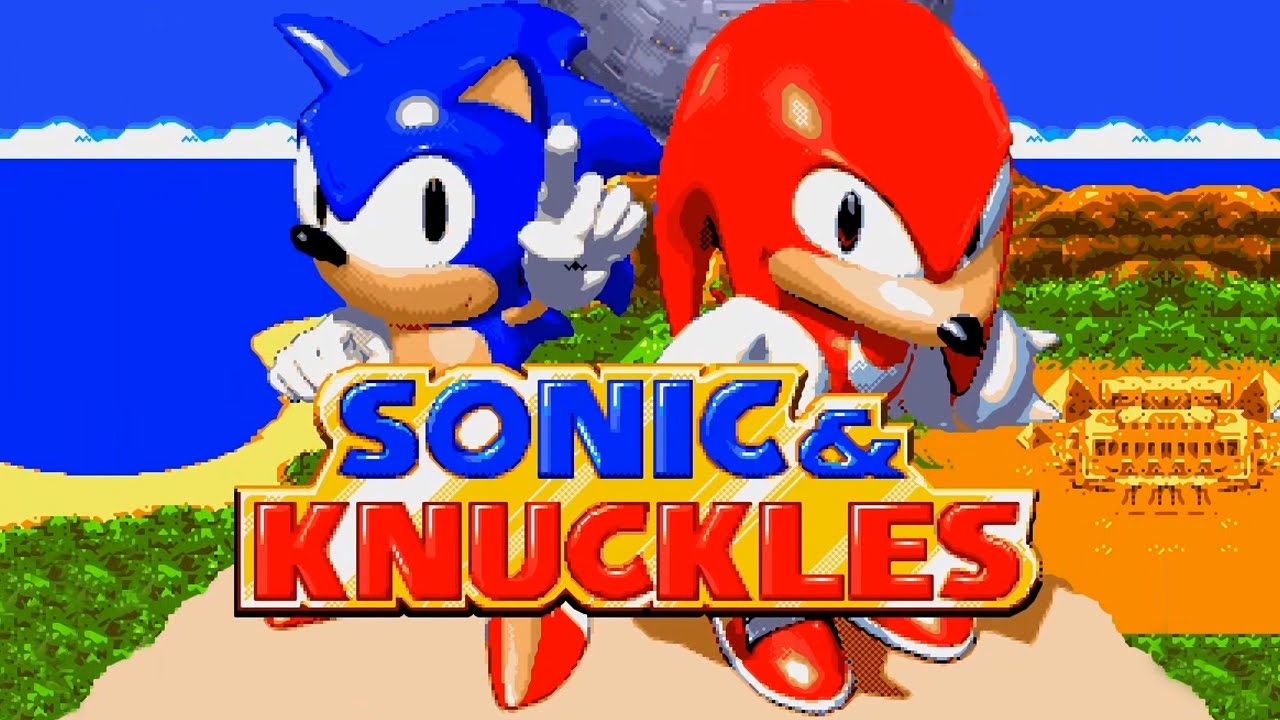
Launched eight months after Sonic the Hedgehog 3, Sonic & Knuckles effectively completed the game, providing content intended from the preceding game that was cut due to time and technical constraints. More than offering new levels and a continuation of the Sonic the Hedgehog 3 narrative, Sonic & Knuckles finally gave players the ability to play as the no-nonsense Knuckles the Echidna. The innovative lock-in cartridge adds Knuckles to Sonic the Hedgehog 2 if players attach the cartridges accordingly, in a celebration of the franchise’s past and future.
These five games make up the main line entries in the 2D Sega Genesis era of Sonic the Hedgehog. The easiest way to play all of them nowadays is through re-releases like the recent Sonic Origins collection. It’s got some issues, but in general, it’s good enough and can be modded to be better.
Sonic Adventure
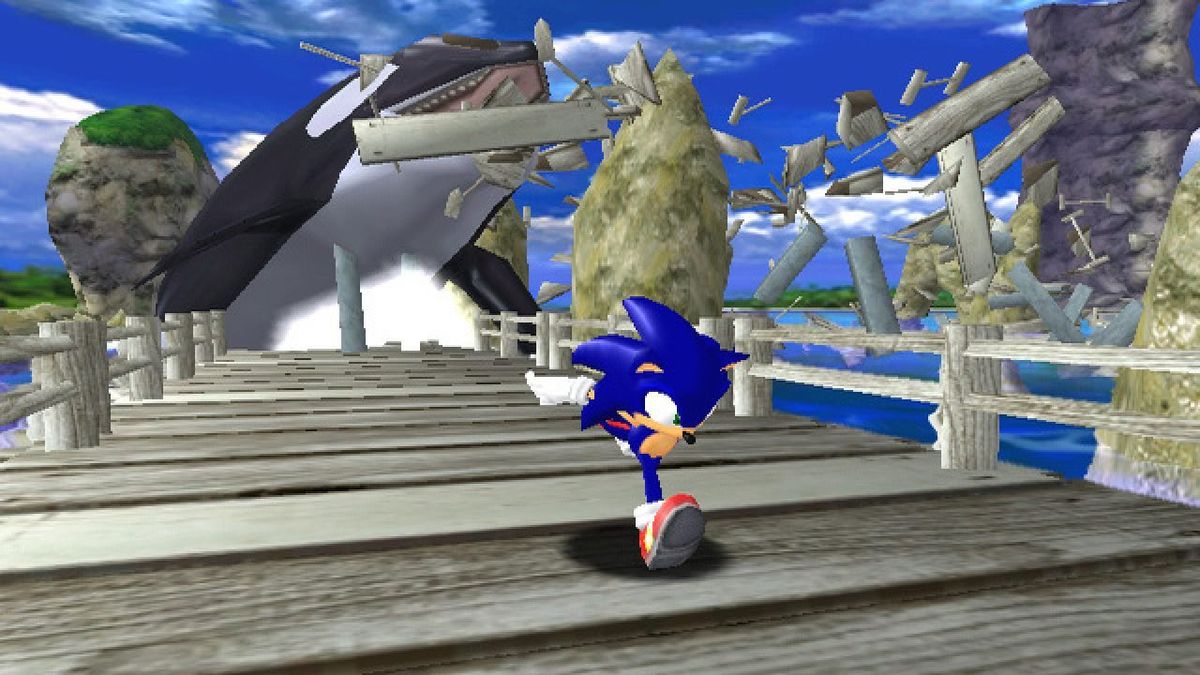
After lacking any main line games on the Sega Saturn, Sonic leapt onto the Dreamcast in a big way with 1998’s Sonic Adventure, completely reimagining the franchise for full 3D gameplay. When Robotnik unleashes the sinister Chaos from the Master Emerald, the entire world is at risk, prompting Sonic and his friends to race back into action. Sonic Adventure really does feel like a complete rebirth for the franchise, which was amazingly only seven years old at the time, redefining what a Sonic the Hedgehog game could be as it transitioned to 3D.
Sonic Adventure 2
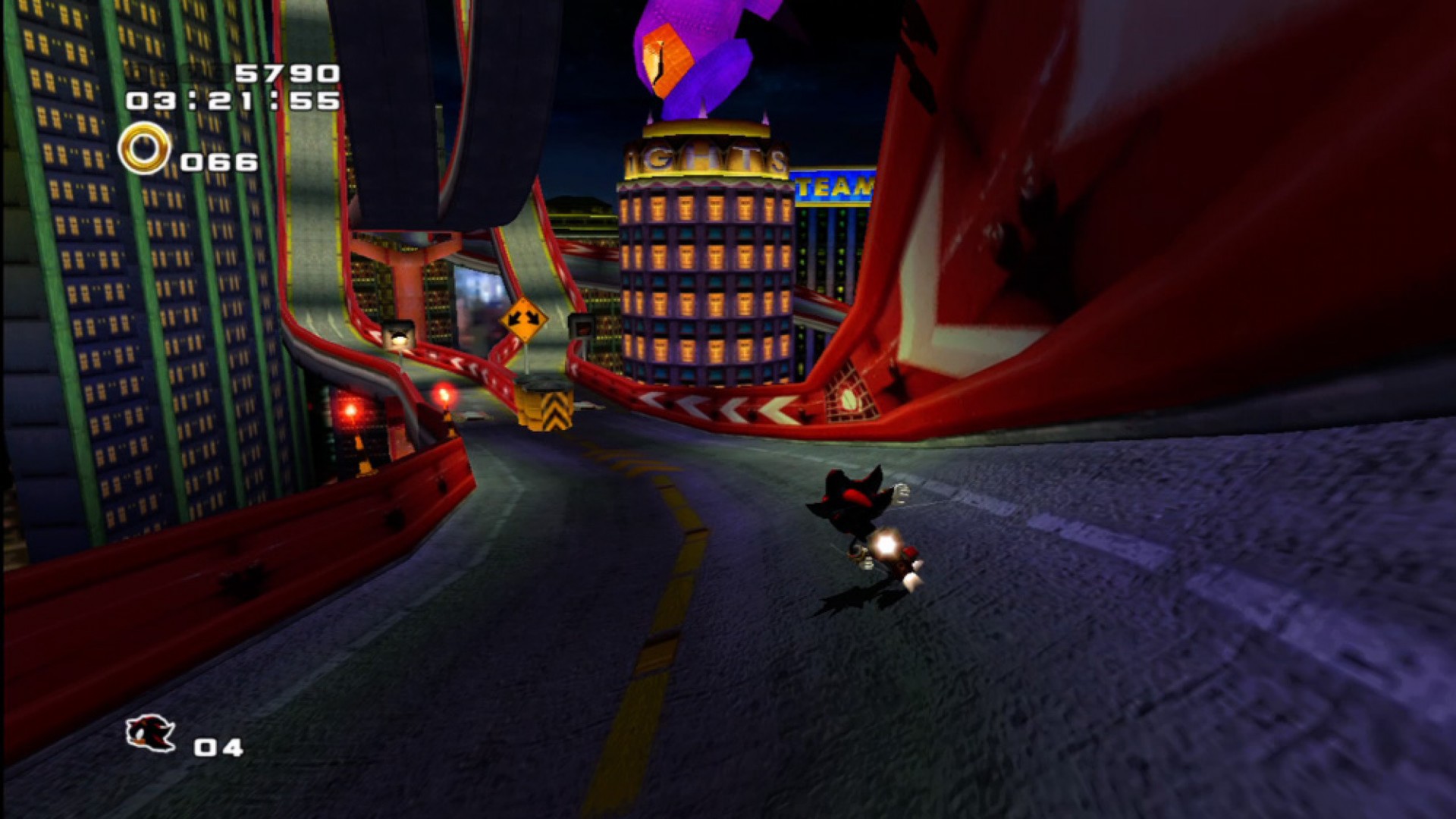
One of the last major releases for the Dreamcast was 2001’s Sonic Adventure 2, which was remastered and ported to the GameCube later that year. Introducing the antihero Shadow the Hedgehog, Sonic Adventure 2 has the dark hedgehog working with Eggman and Rouge the Bat to conquer the world, leaving Sonic, Tails, and Knuckles to stop them. Each playable character offers a significantly different gameplay experience, expanding the scope to become an all-around improvement over its predecessor and making Sonic Adventure 2 one of the best games in the franchise.
The two 3D Dreamcast Sonic the Hedgehog games are easily bought on PC via Steam in their enhanced editions. Unfortunately, if you want to play them on console, your most recent port option requires breaking out the PlayStation 3 or Xbox 360.
Sonic Heroes
Unlocking The Secrets Of The Blooming Deep Lost Sector In Destiny 2
Mastering The Windmill Settlement: Your Guide To The Where The Wind Blows Quest In Final Fantasy 7 Rebirth
